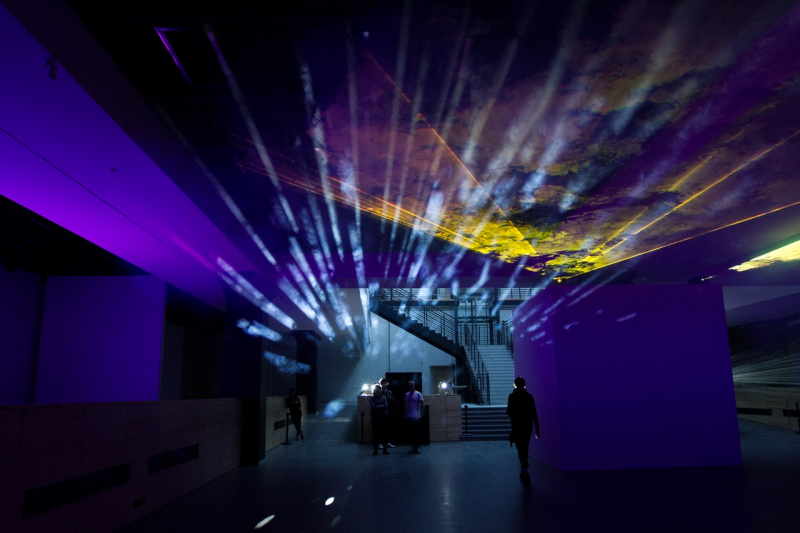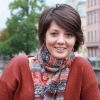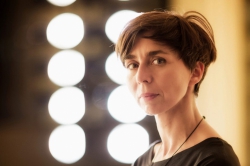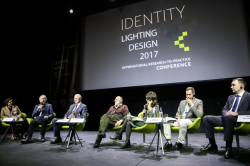The new specialization was created for Bachelors and Specialists in the fields of design, architecture, lighting technology, IT, sociology, culturology, and others. In this program, students will work with exhibition halls, museums and stages, create projects in the field of lighting design and develop interactive solutions in architectural lighting, multimedia and museum collections. One of the tracks of this new specialization will be curated by Denis Astakhov, an experience director, creative multimedia producer, CEO and founder of the multimedia company Avocado Toast.
Modern cities pay more and more attention to lighting, as it doesn’t only serve its primary utility function today. It is a crucial part of architecture, forming the city’s aesthetic view, serving as a navigation tool and a means of communication, creating a special language – using which cities can communicate with their inhabitants.
The role of light is also reimagined inside interactive and community spaces. Not only does it allow people to take a closer look at the intricate details in the interior or pay attention to a certain event or artistic piece, but it also becomes a part of the installations, expositions and performances themselves. Light is a powerful tool of interaction that can affect a person’s emotional state and the way a certain environment, space or form is perceived. As more and more people realize it, the demand for specialists in the field of lighting design, who can take into account the technical, social, cultural, aesthetic and other functions of lighting, is growing. It is exactly this kind of specialists who find new ways of human-technology interaction using light that the new specialization in interactive media design is meant to train.
“There are two main approaches: the first one is to create a medium that forms a person’s quality of life and affects them long-term,” explains Natalya Bystryantseva, head of the International Master’s program in Lighting Design. “Another approach is when we rapidly interact with the medium that changes our way of thinking, gives us new information or changes our emotional state. That’s why our first specialization, urban design, is about the quality of life and how to achieve it. Our second one is about the solutions that foster quick interaction between people and the environment via artificial lighting.”
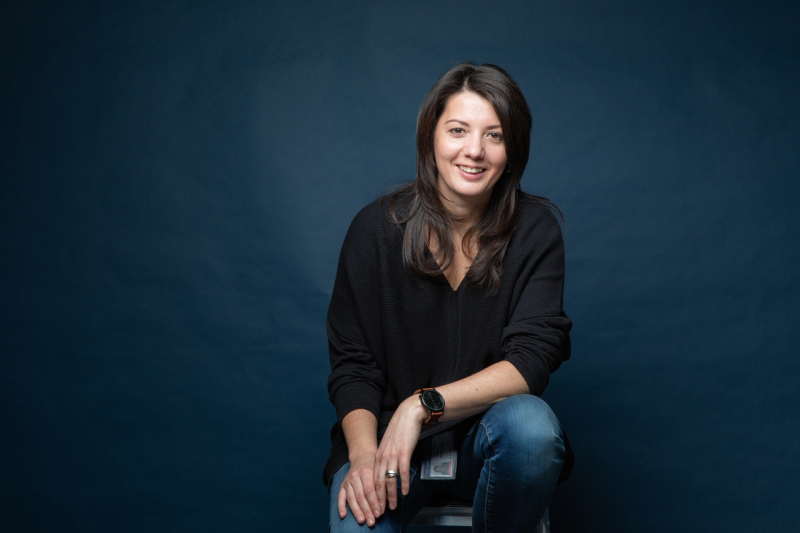
Interactive media: light as a means of communication
While the first specialization may primarily interest students who are keen on urban studies, the newly created one is meant for those who see light as a means of communication with users.
“Interactive media sounds like a really dry term, but it can describe almost any environment which people actively interact with,” comments Denis Astakhov. “It can be a museum, where visitors interact with the exhibits, or a temporary exhibition with a unique story and curator ideas. It takes knowledge in several disciplines, including architecture, lighting design, programming, storytelling and literature to successfully create such spaces.”
According to Denis, in this specialization, students will not only get hard skills in lighting design and technology, but will also develop their soft skills such as teamwork and creative thinking. This program will enable students to understand the whole process of creating a lighting solution – from an idea to its execution.
“It’s an exciting process of diving into a new topic,” says Denis Astakhov. “In my work, over the last six months I had to first study the war history of a certain region of our country. Then I delved into the history of a major logistics company that I had to tell in just a couple of minutes of user interaction. Then there was a pharmaceutical museum in Canada, after that – a Russian fairy tale exhibition at the Tretyakov Gallery. It expands not only your professional skills but also your overall knowledge of the world. That’s why I think that the interactive media specialization will be interesting for curious people who don’t want to limit themselves to one specific area of knowledge. These are multispecialists who find it important to look around them, learn new things and master a whole bunch of new skills.”
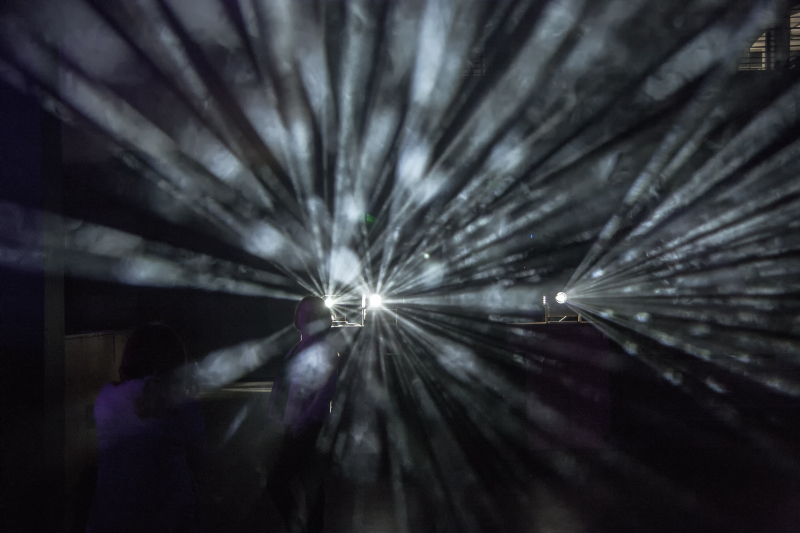
Seeing cities as a single unit
The first specialization, urban design, has been operating for five years. Here, students learn to make cities more aesthetically pleasing, safer, more environmentally friendly and more comfortable for their inhabitants. The classes also get into the way we perceive light and the visual and non-visual effects it might have.
“Our students get in-depth knowledge in their chosen field, be that architectural or urban lighting,” explains Natalya Bystryantseva. “They can see cities as single units, but they also know how to work with separate objects inside them. They learn about the intricacies of our perception and ways to create forms. They develop an understanding of how to plan, design and create lighting that will affect its user in a certain way.”
According to Natalya, it’s a practice-oriented and interdisciplinary specialization. “Our biggest discipline is development and prototyping,” she comments. “Students spend 80% of their time working on their projects. In parallel to that, they study other disciplines connected with intelligent technologies in design and research activities – there, they learn the tools for collecting user information, city information science, technical devices, and all the information they need to develop and test a solution.”
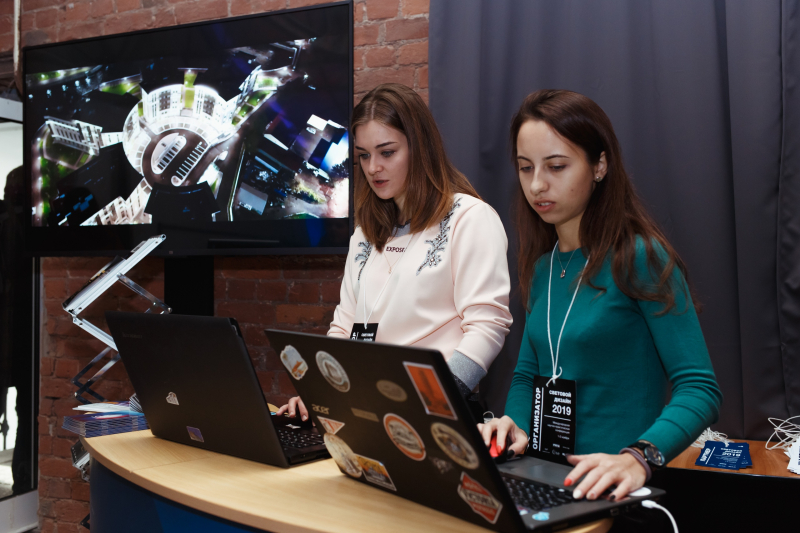
How to enroll into the program?
Both specializations are ready to welcome Bachelors and Specialists in a variety of fields: architecture, lighting technology, engineering, multimedia, museology, and others.
“In my practice, the best ideas are born when people with different backgrounds, different knowledge and work experience come to work together. And one of the great parts of this specialization lies in the fact that you don’t have to have extensive hard skills. All you need is the ability to think outside the box and communicate your ideas,” comments Denis Astakhov.
“Why is this discipline in demand?” explains Natalya Bystryantseva. “Because our students get an additional understanding, interdisciplinary knowledge and competencies that are needed in the market right now. The core of our courses is that we develop the ability to think, to forecast not only design but also market trends. That means that our graduates get the specifics of the market. It is also important to underline the international status of our program. We do our best to work together with our international partners on the theses of our students, and participate in collaborative summer schools. Our students take part in exchange programs in Finland, Germany, and Denmark and come back with brand new ideas.”
Moreover, the program introduces students to world trends in the lighting industry. Along with regular classes, students take part in lectures, conferences and seminars by Russian and international speakers – scientists, researchers, or specialists in the field of lighting design and other professions. This helps students to not only expand their knowledge but also practice networking – an important tool for a lighting designer.
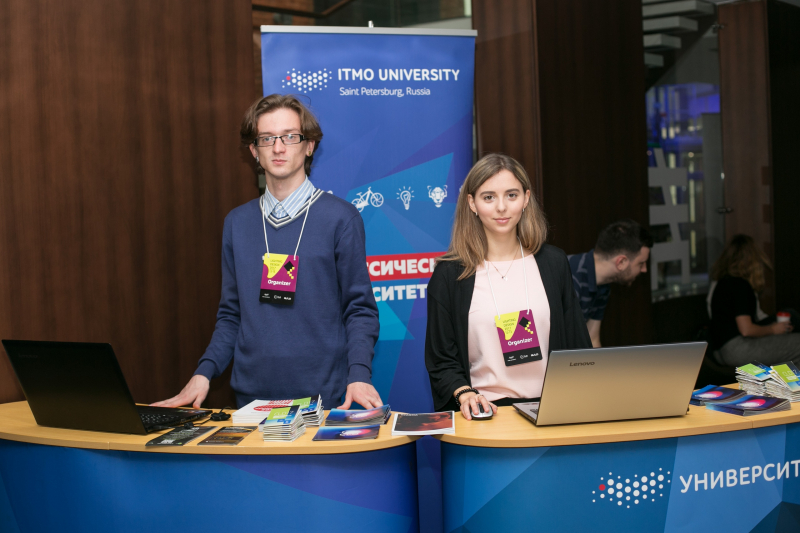
All information about the application process can be found on the official website of the program. This year, the entrance exams will take place remotely via Zoom. The dates have already been announced: July 8-9, August 3-4. All the necessary documents can also be submitted online.
Winners and laureates of ITMO’s Congress of Young Scientists, the I am a Professional competition and the portfolio competition for Lighting Design will be able to enter the program without taking the exams.
About the program in Lighting Design
This year marks the five-year anniversary of ITMO’s International Master’s program in Lighting Design. In 2017, only two years after the launch of the program, ITMO University’s Creative Lighting Department (CLD) was featured among the top five nominees of the Award for Education issued by the Professional Lighting Design Convention (PLDC) 2017.
“It is a new field, so we had to do a lot of things from scratch, because lighting design was primarily linked to two professions on the market – lighting technology and architecture,” says Natalya Bystryantseva. “We integrated IT, robotics, and city information science into the learning process, and are now strengthening our connections with our colleagues in the field of the psychophysiology of light perception. Our students don’t just create projects – they look for problems they can solve using lighting.”
Over five years, the program managed to gain respect among employers.
“Our students are in demand at architectural offices,” notes Natalya. “Their international activity and the program’s practice-oriented approach allow our students to start working on a successful career and an impressive portfolio while still at university. Our students work in such Russian and international companies as Arup, Artlight, Boos Lighting Group, Aledo, Bright Buro, Haptic.Team, Evropeyskaya Elektrotekhnica, as well as private studios and interactive media, some start their own businesses. And, naturally, some graduates continue their research and practical activities as staff of ITMO’s CLD.”
